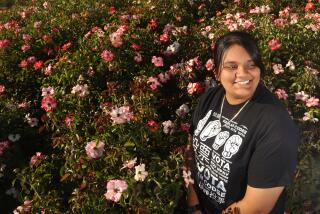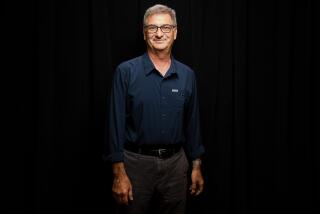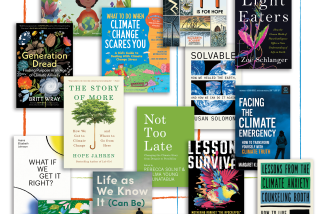Being green has its price
As KERMIT the Frog once made famous in song, “it’s not that easy being green.” This is the lesson learned from James Glave’s humorous, ecology-minded “Almost Green: How I Saved 1/6th of a Billionth of the Planet” -- though it’s worth noting that the difficulties Glave encounters striving for greenness are completely different from the ones Kermit sings about as he laments his coloring’s tendency to make him blend in with ordinary things.
Glave writes about embracing a more ecologically friendly lifestyle and how that transition came to pass within his family. The premise is straightforward: Glave and his wife purchased a house a few years ago on Bowen Island (median home price: $719,000) off the coast of Vancouver, Canada. Actually, they bought the lot on which the house was to be built but couldn’t afford to construct a house with the state-of-the-art, ecologically aware appliances and designs they wanted. The costs were simply too high and using the same builder who was developing the other lots in the area was more affordable. This choice, though, ate at Glave, so he decided to build his own 280-square-foot “Eco Shed” in his front yard to serve as both a writing studio and occasional guest quarters -- and to give him the opportunity to jettison the disappointment he’d encountered in not being able to build an entire “green” house.
Part of this desire for greenness can be traced to Glave’s disdain of what he’d witnessed as a journalist (he’s a former senior editor at Outside and has written for numerous other magazines) covering the changing face of environmentalism, from the hardscrabble save-the-owls variety to the newer, pop-culture-driven kind. Hollywood starlets have given once-dorky hybrids much-needed appeal, Glave writes, and he wants to peel back eco-chic’s veneer. “To be honest, a part of me secretly wanted to take it down a notch.” As he sees it, “eco-chic wasn’t about changing the world; it was about changing your furniture.”
Glave takes readers on a peripatetic journey from envisioning the Eco Shed to building it, with detours into such questions as how much space does a family really need, what is the magnetism of having one’s own patch of “private green” that attracts suburban Americans so and just how hard is it to unload that gas-guzzling SUV in favor of a smaller, more ecologically attuned family car?
What transpires is a funny but far too lengthy account of his attempts to build the shed. Not only does he spend upward of $90,000 on its basic construction and in contracting the labor, but he demonstrates all the hurdles, pricey options and extra work it takes to shade it green. This shed includes the most newfangled eco technology he can afford: There’s an in-slab hydronic heater to circulate warm liquid through the foundation to keep the floor at a constant minimum temperature and special windows to allow as much heat as possible to penetrate the rooms and then to lock that heat in; he selects an electrically fired on-demand device to heat the shed’s water (at around five times the cost of a traditional hot water heater and requiring a special electrical design: “The Eco Shed will need a serious shot of juice every time someone turns on a faucet.” He opts for “spray-in-place” insulation that will emit no toxic substances (at a cost of more than $5,000), but finds the actual application itself so toxic as to require the wearing of a moon suit with a piped-in air supply. “You don’t want to mess around with this stuff,” the installer tells him.
Between discussions of passive solar this and reclaimed that, he gets the job mostly completed, then pays a consultant to give his shed a energy efficiency score of 0 to 100. “For me, the slavish approval-seeking perfectionist who has invested thousands of hours of sweat and toil into this project, a rating like this is pure cocaine. It’s the objective score that I crave to validate everything I’ve done.” (His shed disappoints him with an 83.)
By the end of the book, Glave has managed to prove two points, neither of which I think he set out to validate: First, that being green can be outrageously difficult, time-consuming and pricey. And second, that sometimes embracing what you already have is the most green option of all. Because, alas, the biggest drawback of the book is that Glave never makes a compelling case for the need of an Eco Shed. He and his wife and two children live in an 1,800-square-foot home, with plenty of room, one would think, to be able to write. By the end of the volume, the shed remains unused, still in need of $20,000 in finish work (though he laments that he can’t afford to buy a hybrid car). Maybe the real meaning of being green is closer to what modest Kermit had in mind: learning to make the best of what we already have rather than having to create, spend and construct something “eco-friendlier.”
--
Bernadette Murphy is co-author of “The Tao Gals’ Guide to Real Estate” with Michelle Huneven.
More to Read
Sign up for The Wild
We’ll help you find the best places to hike, bike and run, as well as the perfect silent spots for meditation and yoga.
You may occasionally receive promotional content from the Los Angeles Times.






